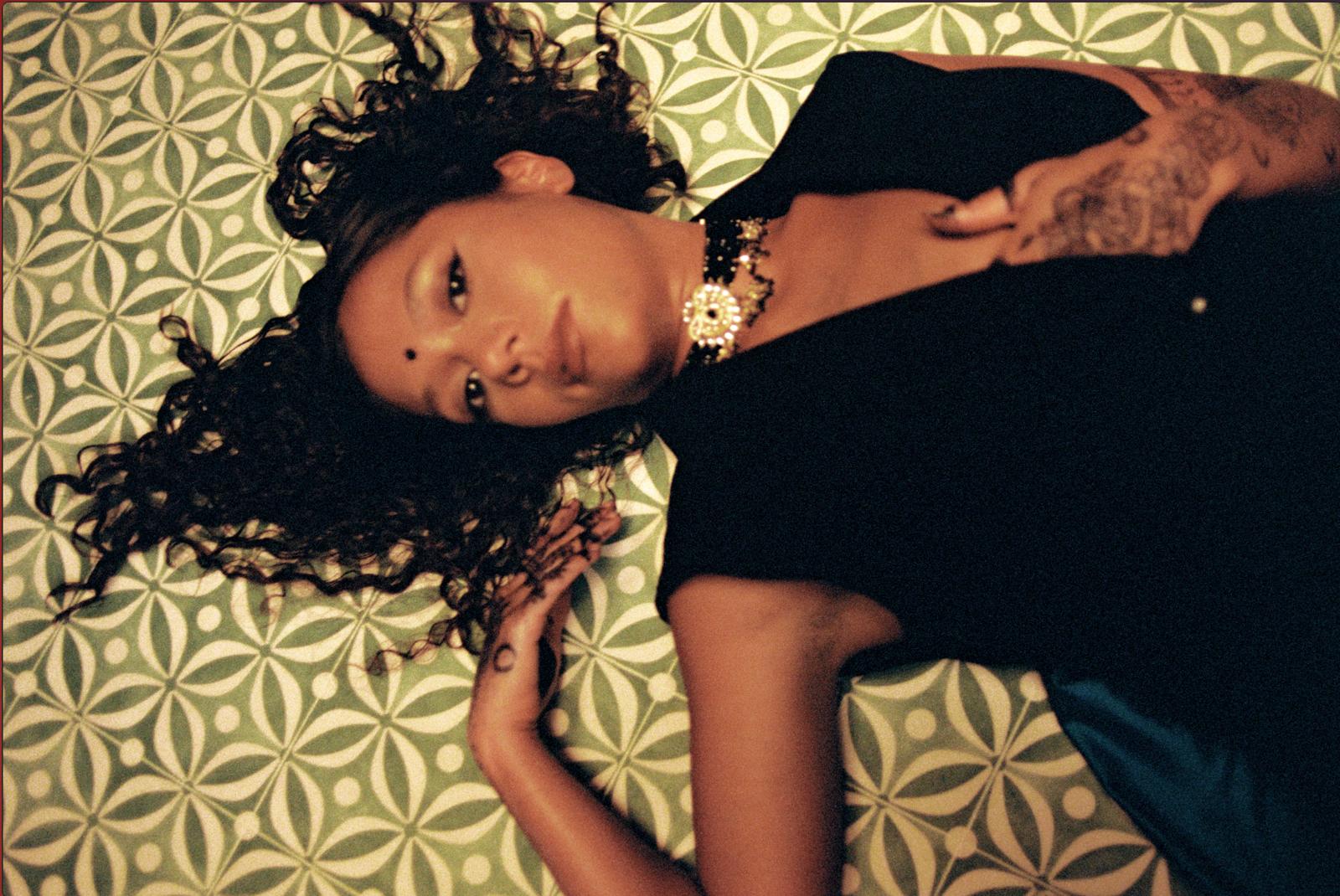
French Montana Montana album artwork
This week, French Montana has been the receiving end of widespread criticism over the artwork for his forthcoming album, Montana. The cover for the release features him sitting with three women on either side of him, all of whom are wearing black niqab (face veils) and thigh-high, bright red boots.
An outpouring of comments on social media accuse French – whose real name is Karim Kharbouch – of sexualising Muslim women and rendering them faceless, sexual objects. This comes during a time where women who wear niqab are deeply ostracised in many Western societies, facing job discrimination as well as media scaremongering, with the UK Prime Minister having called them “letterboxes” and “bank-robbers” last year.
Niqab bans have taken place in countries such as France and Denmark – these are often used as a means of political point-scoring for right-wing political parties, proving that they are taking a hardline stance against extremism, thus further linking the garment to radicalisation. At a debate last year at a European Parliament youth event in Strasbourg on the niqab ban in France I was quite disturbed to witness young members of the audience shouting inflammatory and degrading things about the garment, perhaps emboldened by institutional Islamophobia.
“It could be argued that French is celebrating or normalising the niqab and removing some of the stigma associated with it by featuring it in his album art”
The niqab has become something of an obsession in the Western world, despite very few Muslim women actually wearing it. It is often used to accompany headline stories about terrorism or FGM, and has become a symbol of patriarchal oppression for many people – with little done to counter these portrayals. Whilst hijab-wearing women may be featured in makeup or fashion campaigns, or seen undertaking many different types of jobs, women who wear niqab are often still seen as something of an enigma and met with deep hostility.
It could be argued that French is celebrating or normalising the niqab and removing some of the stigma associated with it by featuring it in his album art. It is rare to even see women in niqab in music or film, and it is clear that French wants to pay homage to his Moroccan roots, as he has done in previous music videos where he visits Morocco or features elements of Arab culture. Similarly, it is worth noting that in the album trailer he has featured a hijab-wearing model with a deeper skin tone – something that the fashion industry itself often fails to do while perpetuating colourism and other forms of harmful representation.
So for French, an established rapper in an industry that profits from the normalised sexualisation of women, this may be his way of showing appreciation towards Muslim women in the only way he knows how – and in a way that feels flattering and appreciative in a subversive way, rather than with any malicious intent.
“It is hard to ignore the way niqab has been juxtaposed with thigh-high red boots, undermining the way the garment is actually worn and contributing to Orientalist fantasies of Muslim women and the historical obsession with unveiling them”
Yet it is hard to ignore the way niqab has been juxtaposed with thigh-high red boots, undermining the way the garment is actually worn and contributing to Orientalist fantasies of Muslim women such as the 19th-century depictions of the “harem”. Similarly, it serves to re-enact the historical obsession with unveiling them, as seen below in a poster from French colonial rule in Algeria that reads, “Aren’t you pretty? Unveil yourself!”
His artwork speaks to a Western gaze that generally sees Muslim women as voiceless beings whose value exists in proximity to a man and only seems interested in centring Muslim women when they sexualise themselves. For women who find empowerment in covering their whole body in loose fabric, portraying them in sexualised clothing is diminishing some of that power and deliberately misrepresenting them.
The significant rise in hate crimes against Muslim women coinciding with the rise in hijabi porn is too distressing to really give it the analysis it deserves, but the idea that Muslim women need to have some kind of visibly sexualised aesthetic to be considered empowered, beautiful, desirable or interesting is a tired trope that many of us are sick of seeing replicated everywhere. If French Montana wants to feature women in niqab on his album cover, it would have been cool to see women in full niqab, just living their lives and being dope and interesting all on their own away from any fetishised gaze.







